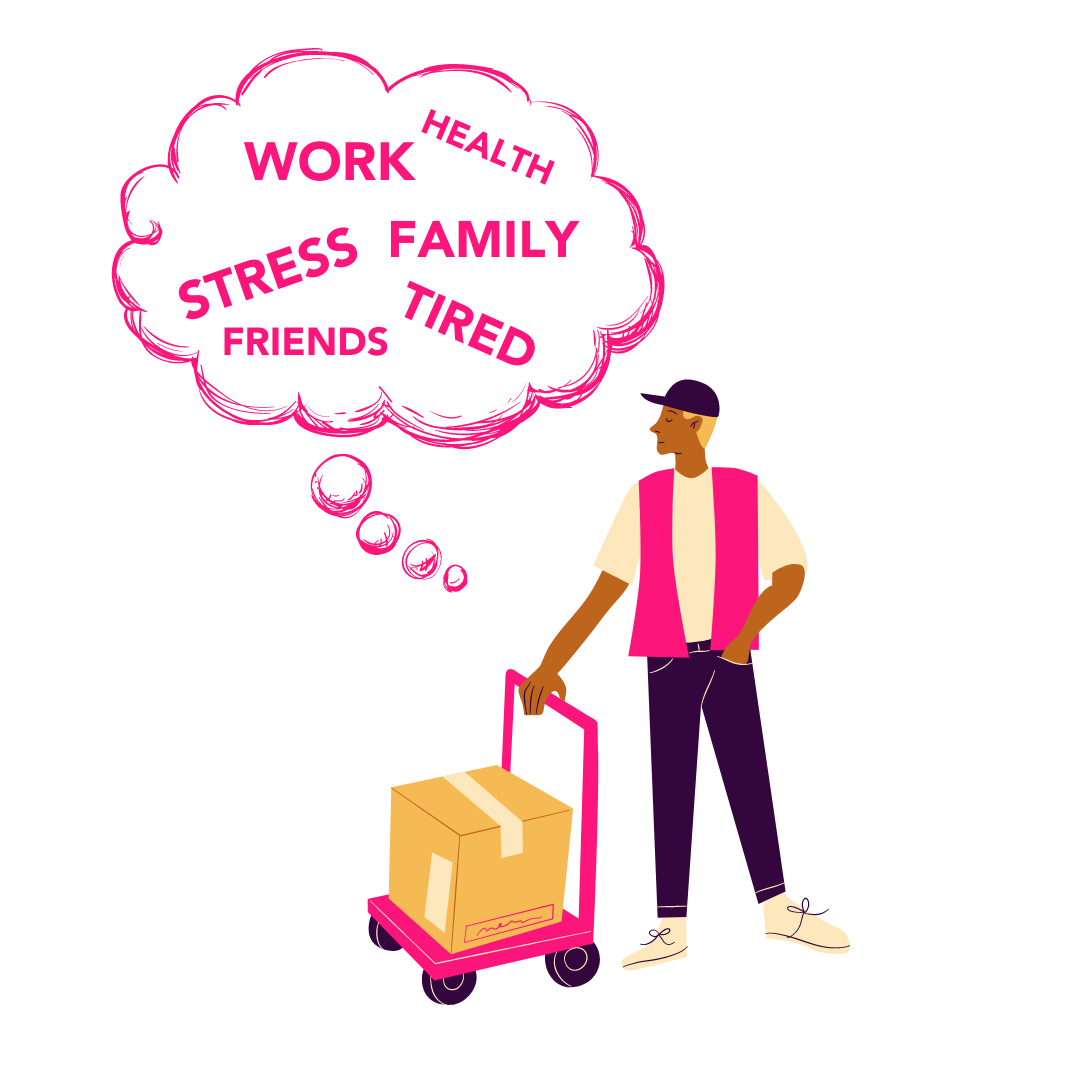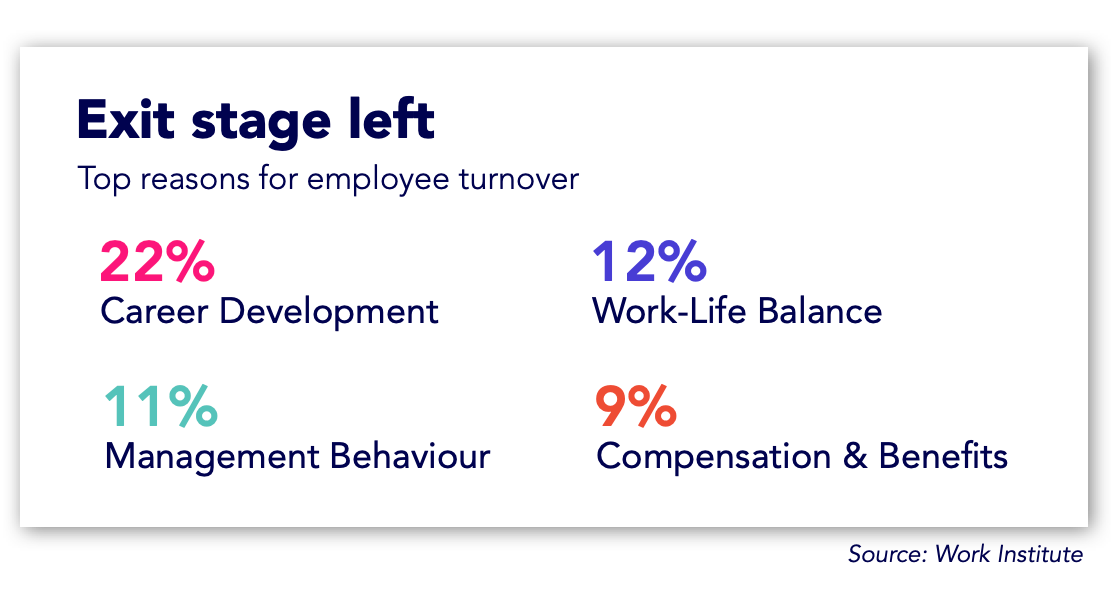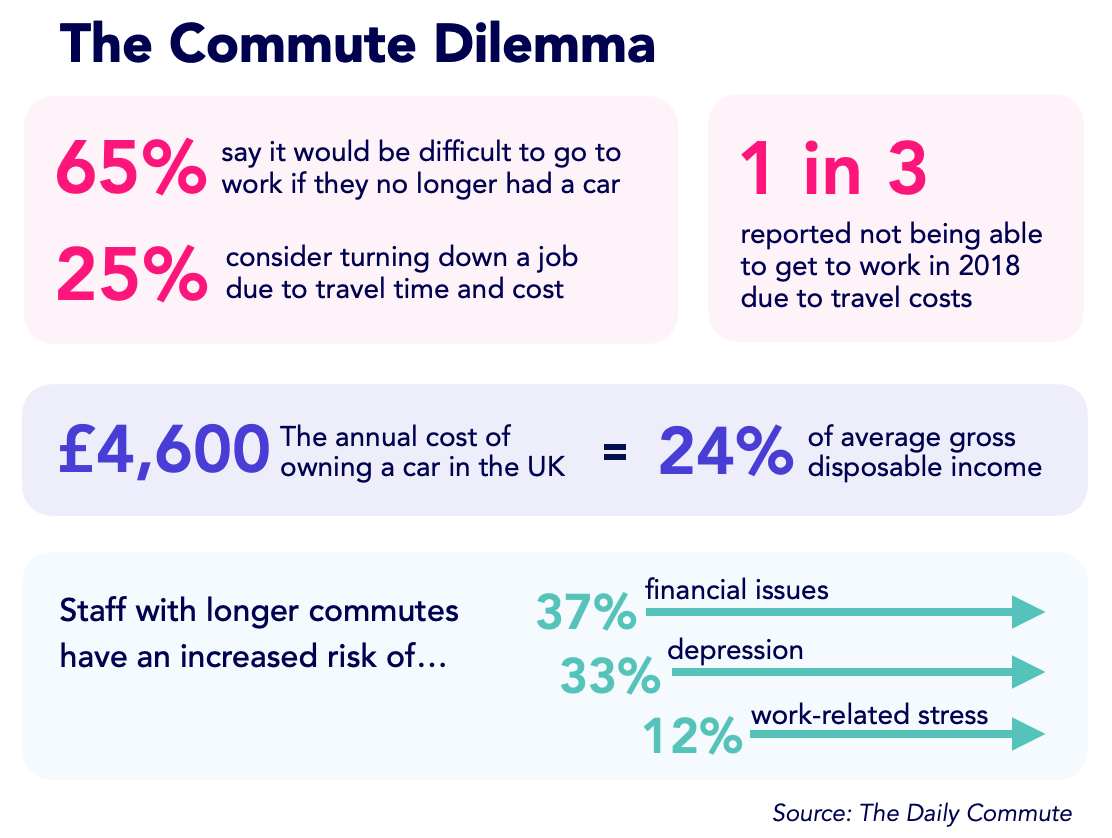Become the business of choice and improve your retention and recruitment efforts







You know the feeling; you’ve invested time and money into the recruitment process, you’ve invested time and money into the training process, you’ve invested time and money into the onboarding process, not to mention the way you nurture a relationship, and then your employee hands their notice in – time to start the process again... Yes, this is wholly frustrating but there are ways to reduce worker turnover and mitigate the impact it has.

Warehouse staff turnover is increasing. The average turnover rate is approximately 50%-100% a year, depending on the size of the business. Figures fluctuate by industry and some reports that warehouse or shift based turnover has been as high as 150%. Turnover costs for warehouse workers can reach over 25% of the salary costs, which not only eats into profits but slows down productivity – for a more tangible example of what this means, the cost of replacing staff in the United States was $600 billion last year, according to the Work Institute. Competition has never been higher which means that good staff are now more difficult to recruit, resulting in a longer hiring process and growing costs.
Each industry has its own challenges, but there are common trends…

Whether you have an in-house function or you use an agency, recruitment is a sure-fire way to expend capital. According to Glassdoor, it costs around £600 to list a role on two job sites for 30 days – remember, there is no guarantee that this will yield any worthwhile results. If you use a recruitment agency, they can charge up to 30% of a successful recruit’s annual salary. Those are the costs before you have even got a candidate through the door!
You then need to consider the time used to paper-sift and interview prospective employees, as well as background checks and references to take care of too.

In the time it takes to replace staff members and get new employees up to an autonomous standard, your overall output will be impacted. The Encyclopaedia of Business explains that in teams with high turnover, daily processes are negatively affected, notably during the handover between former employees and current ones where apathy sets in for the departing worker.
Similarly, capacity is reduced which often means paying overtime or hiring temporary staff to cover the labour gap. Either way, both quality and quantity of work will be diminished from fatigued, overworked staff or from less committed temporary workers.

Once you’ve found the right person, you then need to equip them with the skills to do the job. Basic training, certification, learning of company values and methodology is an incredibly time-consuming journey, and as the age-old adage goes; “time is money”. In fact, on average it takes 1-3 months to bring a worker up to the required standard. Again, this can be costly when done on an individual basis.
There are some things that are not as measurable but still contribute to the cost of the warehouse staff turnover. This includes the extra time needed from supervisors to ensure new staff are settling in and to answer questions or queries they may have. Further to this, there are qualitative elements to high turnover that should be considered. A happy workforce will likely be more productive, and a constantly revolving door seldom allows for a rapport to be established within a team. On a larger scale, if rates of attrition are high then company image may be damaged as questions begin to be asked about the reasons for this.

Before you can begin to mitigate the costs that stem from high turnover, you first need to establish why your employees quit. Sometimes it’s unfortunately out of your control, but 78% of the reasons employees quit their jobs in 2019 were preventable by their employer. Let’s take a look at the three most prevalent reasons why employees quit.

This is the number one reason for staff leaving, according the Work Institute. Social Mobility is a growing concern in all areas of business and development is a mutually beneficial aspect of employment – it helps staff grow with the business. If a worker feels like they are static and not learning anything, then they will begin to look elsewhere. Having a clear progression plan and time put aside to discuss staff aspirations is key. A lack of clear, constructive feedback is quite often the first sign that development may not be forthcoming. Staff need to feel valued, and part of that is paying them the respect to praise when something is done well, but also expressing when and why something could be improved upon. Even if staff are not seeking promotion right away, knowing that they can progress will greatly improve job satisfaction. How can you improve your Social Mobility?
According to ‘The Daily Commute’, 63% of people would consider turning down a job due to travel time and cost. A whopping 33% of people reported not being able to get to work in 2018 due to travel costs. With the growing competitive landscape for warehouse based staff, employers are going to have to change the way they do things.

The pandemic has seen a boom in the e-commerce industry with distribution and factory locations requiring more staff to meet the growing demand. But when these sites are located outside of urban areas or lack public transportation, potential employers are struggling to retain and recruit staff.
Many employers expect that their staff make their own way or make use of a car, but the car brings with it a whole new set of problems. Parking issues aside, many individuals are unable to afford a car or share a car with their partner. The cost of owning a car amounts to 24% of the average person's gross disposable income.
It is now more apparent than ever that the commute is no longer an employee problem, but is becoming the responsibility of the employer. The commute is fast becoming a social and labour mobility issue that all employers need to address.

When work gets in the way of life, staff can feel stressed and underappreciated. Shift working in warehouses can particularly put a strain on this, as well as long hours and extended commute times. On average, a worker will spend nearly an hour a day commuting in their car which results in the daily commute being a leading cause for stress at work. In light of the Coronavirus pandemic and the increased pressure it has put on families and mental health, it has never been more important for an employee to have as little work-related stress as possible in their life. Without a good balance, workers will not feel valued and find another employer that provides a better offer for them.

Often it is not the job they but who they are working for that can be the problem. Issues with supervisors can cause unhappiness for a variety of reasons. A blame culture, favouritism, a lack of trust or transparency and having unrealistic expectations are easy ways to breed an unhappy workforce. Having poor people skills or being unable to engage staff needs to be resolved, however, sometimes people just don’t get on and this needs to be addressed on both the staff and management side.


We have now established why turnover happens and how it can end up draining your business's vital resources, which leads to the question; what can be done? By optimising the employee experience and analysing the reasons given by ex-employees for leaving you can reduce the rate at which staff move to pastures new.
We have listed 6 Ways to Deal with the Turnover of Warehouse Based Staff, but below some key actions, you could and should take to positively impact your organisation.

Providing perks for your staff can make the difference between them staying with your business or moving over to a competitor. Showing you care about your staff is key and does not have to be shown by financial means only. Perhaps you can reward employees with extra annual leave for good performance or provide tea, coffee or snacks free of charge. Highlighting routes of progression and how a worker can develop and achieve greater responsibilities will motivate staff to keep providing the very best output.
Think about perks that will really help your staff and their stress levels. If your warehouse is in a hard to get to location, providing commuter transport can vastly reduce the stress of the daily commute and allow employees to arrive at work more relaxed and ready for the day. Zeelo offers a commuting coach service that brings your staff from tailored pick-up points near their homes to work in a safe, stress-free environment. This can be particularly valuable to staff with shift times outside of regular transport hours.

There is always more that can be done to optimise an experience, but we know that providing a cost-effective approach is the priority. Simple steps like a clean, well-lit work environment will improve employee mood. Other stress relieving implementations could be clear processes, correct equipment and appropriate training. However, you can minimise one of the largest factors relating to stress by making the journey to work as seamless as possible. Nobody likes being stuck in traffic or hunting for a space in a crowded car park – by providing a commuter service, like Zeelo, you will reap the rewards that come with the perfect solution to an all too common worker problem.
"We saved £420,000 in staff recruitment over one year by offering an alternative transport solution to our site.
Zeelo's transport options allowed us to unlock new recruitment pools and attract the best employees."
HR Department, The Ocado Group

Teams work much better together if they get on, this extends throughout all echelons of the organisational structure. Regular team meetings and reviews with staff should be normal practice and a safe place for issues to be raised before they become unmanageable. Nurturing a cohesive team helps people to feel more comfortable at work and therefore work better together – it should be a priority. A happy employee who feels at ease in their work environment will always be more loyal and productive.

Every action to minimise the risk of COVID-19 transmission at the workplace should not only be taken but also conveyed clearly to all staff. This will help to put their mind at ease knowing that their health, the health of their families and those close to them will not be compromised when they are at work. Implementing these changes is an incredibly manageable necessity. Safety also includes job security, which is more important now than at any point in the past decade as we recover from the economic impact of the pandemic. Whilst a promise of retention may not be possible, you should keep employees informed of the situation and ensure lines of communication are clear and consistent. The commute can be a major concern for staff, so perhaps provide them with safe affordable commuter transport.
There are many different factors when it comes to the true cost of warehouse worker turnover, and it can become costly very quickly. However, the good news is there are steps you can take to try to reduce the number of staff that are leaving your business. Making improvements to the work environment and offering employee perks such as commuter transport can make a real difference. Talk to Zeelo today to find out more about how commuter transport could help your business.
Save time & reduce management costs. With ongoing route planning & marketing to ensure you serve the most employees & candidates.
Human support on the phone and on live chat for both employees and their employers.
Flexibility in supplies with a large variety of vehicle sizes to manage demand and capacity at short notice.
Transparent and actionable reporting is available to provide insights into how the service is performing and what changes to make.
Both client and staff can track their ride for the duration of the journey. Staff can book tickets via our website & apps (iOS & Android)
We ensure services are as safe as possible with a range of measures implemented such as; contract tracing, deep cleaning, driver PPE.
Sources: Monster, Work Institute, Glassdoor